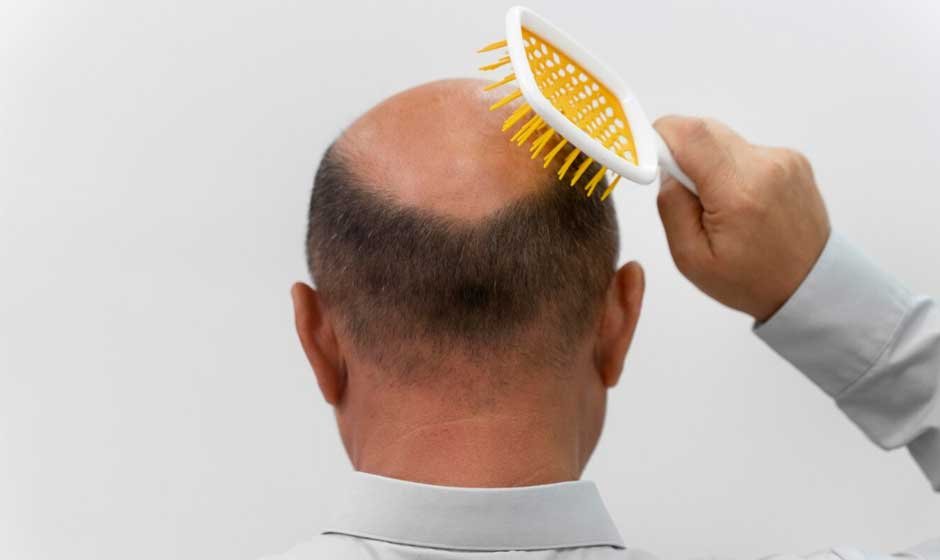A hair transplant is an increasingly popular solution for individuals dealing with hair loss. Whether you’re considering a transplant due to male or female pattern baldness or other causes like thinning hair, understanding the timeline for results is essential for managing your expectations.
If you’re curious about hair transplant cost in Raleigh, NC, and wondering how long it takes to see the results of the procedure, this guide will provide you with the information you need. From the surgery itself to post-procedure recovery and the gradual improvement in hair growth, here’s what you can expect in terms of timing.
Understanding Hair Transplant Procedures
Before delving into the timeline of results, it’s important to understand the two main types of hair transplant procedures: FUT (Follicular Unit Transplantation) and FUE (Follicular Unit Extraction).
FUE Hair Transplant
In FUE hair transplant, individual hair follicles are extracted from the donor area, typically the back or sides of the scalp, and implanted in the thinning or balding areas. The FUE method is minimally invasive, and the recovery time tends to be quicker compared to FUT.
FUT Hair Transplant
In an FUT procedure, a strip of skin with hair follicles is removed from the donor area, and the follicles are dissected and transplanted into the recipient site. FUT may be more suitable for individuals requiring a large number of grafts.
The recovery for FUT may take a little longer due to the nature of the procedure, as it involves a larger incision.
Now that you have an overview of the procedures, let’s explore the timeline for seeing results after a hair transplant.
What Happens Immediately After a Hair Transplant?
Day of the Surgery
On the day of your hair restoration in Raleigh, you will undergo the transplant procedure, which typically lasts several hours. Following the procedure, your scalp may feel sore, and you may experience some swelling, redness, or mild discomfort. These effects are usually temporary and can be managed with prescribed medication.
The First Few Days
Within the first few days after the procedure, it’s important to follow your surgeon’s post-operative care instructions. You may be advised to avoid any strenuous activities and wear a bandage to protect the transplant sites. During this time, you might notice small scabs forming around the transplanted follicles. This is normal and part of the healing process.
The First Month: Shedding and Initial Healing
Shedding of Transplanted Hair
One of the most common aspects of a hair transplant that patients experience during the first month is the shedding phase. You may notice that the newly transplanted hair starts to fall out. This is a normal part of the process, and it’s often referred to as “shock loss.”
It can be disheartening to see the hair shed, but rest assured that this is temporary. The transplanted follicles are still intact beneath the surface, and the shedding is a natural step before new hair growth begins.
Scalp Recovery
At this stage, the scalp may still be sensitive, and it’s crucial to avoid scratching or putting pressure on the area. Any swelling or redness typically subsides after the first few weeks, and most patients can return to their regular routines after 7–10 days. Using a gentle scalp toner can help soothe irritation and promote a healthy environment for hair growth during this recovery period.
The First Three Months: Early Signs of Growth
New Hair Growth Begins
Around three months after the transplant, you may start to notice the early signs of new hair growth. This is when the transplanted follicles begin to produce visible hair. However, the hair will be fine and sparse at first, and it may take a few more months for the hair to thicken.
At this point, it’s important to remain patient and continue following your surgeon’s post-operative guidelines to ensure optimal results.
Possible Inconsistent Growth
Some patients might notice that the new hair grows at different rates or that the density varies. This is normal and part of the natural hair growth cycle. The growth process is gradual, and results become more visible as time progresses.
Six to Nine Months: Notable Progress in Hair Density
By six months post-transplant, you will likely notice significant improvements in hair density and overall thickness. The hair should now be more uniform, and any remaining shedding from the initial shock loss phase should be minimal.
Many patients start to see the beginnings of their final hairline and natural-looking hair. However, it’s important to note that the full effects of the transplant are not entirely visible yet, and you might still see some fine or baby hairs growing in.
At this stage, most individuals are happy with the early results but should continue to give the hair time to fully mature.
Twelve Months: Full Hair Growth Visible
By the 12-month mark, you should be able to see the complete results of your hair transplant in Raleigh, NC. The hair will have fully grown, and the final density will be evident. It may take a full year for the transplanted hair to reach its maximum length and thickness.
Many patients find that their hairline has returned to a more youthful, fuller appearance by this time. However, individual results can vary based on factors such as the donor area’s quality, the skill of the surgeon, and personal health.
Two Years: Optimised and Natural Hair Growth
In some cases, full results might not be entirely clear until around 18–24 months after the procedure. By this time, the hair should have reached its optimal density, and the results will blend seamlessly with the natural hair. If you’re considering additional treatments, such as hair restoration in Raleigh, the effects of previous procedures should now be evident.
Factors That Affect Hair Transplant Results
While the timeline mentioned above applies to most people, individual results can vary based on several factors, including:
- Age – Younger patients may see quicker and denser growth compared to older individuals.
- Hair Type – Curly or thick hair often gives the appearance of denser hair coverage.
- Health – A healthy scalp and good overall health can promote quicker recovery and better results.
- Post-Operative Care – Proper care and following your surgeon’s instructions are key to achieving the best outcomes.
Conclusion
A hair transplant is a life-changing procedure that requires patience. While it’s natural to expect visible results as early as three months, the full outcome of your transplant will take time. For most patients, the final results can be appreciated after 12 to 24 months.
Whether you’re looking into hair restoration in Raleigh or researching hair transplant cost in Raleigh, NC, it’s essential to consult with a skilled and experienced surgeon who can guide you through the process and ensure you’re on track for the best possible outcome.










